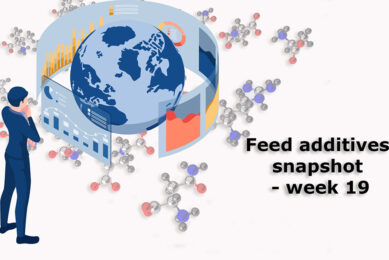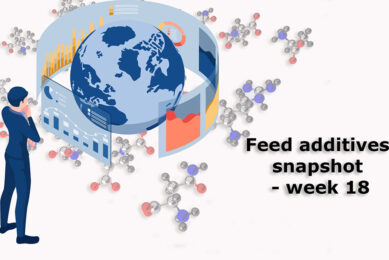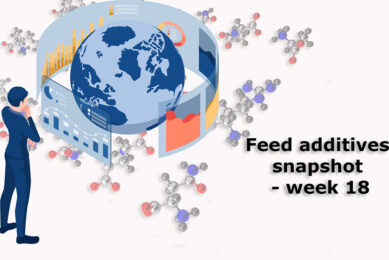Change is coming…also in the feed industry
What a difference a few months make. Last October, it went relatively unnoticed that the US fat cattle market corrected about $20/cwt over the course of 30 days. While the beef finishing industry had been dealing with mediocre returns for most of 2008, no one expected to go from a tight break-even position to losing over $250/head.
Then comes December. Dairy producers in the Southwestern US (my current trade area) were making about $2.00-$4.00/cwt for most of 2008. In the course of about one month, the milk market lost about $8.00/cwt. By late January, milk prices retrenched another $2.00-3.00/cwt. At the current time, most dairymen in the Southwest are losing about $7.00-$8.00 for every hundredweight of milk they produce. The farm crisis in the 1980’s is a vivid memory for me. As a young boy, I still remember the never-ending worry that my dad carried, knowing how difficult it would be to stay in agriculture in the face of falling wheat prices and terrible interest rates leveraged on agriculture operating notes (which was the answer to the deflationary spiral of the late ‘70’s/early ‘80’s). Maybe that is why I am not farming…I have no desire to live through that again (my dear brother was too young to remember, so I fear he may be a bit idyllic when it comes to the current situation).
Inflation
While the 1980’s crisis was difficult (from a historical perspective), the current situation is both bizarre and frightening. During the 1980’s credit was available; the issue was how much interest you had to pay. The current situation is different, in that credit is considerably tighter, while overall interest rates are, historically speaking, very low. A month ago, I was much more optimistic that the current situation would turn the corner by August. My hope was driven by declining ingredient prices somewhat alleviating the sharp drop in meat and milk values. However, it would appear to my farmer’s mind that we have entered into a deflationary spiral. Many of you are aware of the massive amount of money the US government is injecting into our economy in an attempt to “jumpstart” the economy. Of course, the cure for deflation is inflation. The question then, is how much inflation. Since US measures of inflation are misleading (maybe someone can explain to me how you measure inflation by stripping out energy and food from the core CPI), we really don’t have a feel for how bad the current situation is, nor do we have an accurate feel for how things will look 6 months or a year down the road.
Of course capitalism always has a way of working things out, if left alone. Unfortunately, it would appear that the US government’s answer is unbridled spending, astronomical debt, and rather draconian environmental regulations. To further compound the problem, higher taxes are already in the works. Keep in mind, only 20% of the United States GDP is related to manufacturing. Of this 20%, agriculture is about 1.2% of US GDP. The small contribution of US agriculture to the total GDP would suggest little concern by politicians to acknowledge the headwinds we face.
Asia is coming
Four years ago, I attended the Arkansas Nutrition Conference where a speaker claimed that in 10 years, the US poultry business will be shell of what it currently is; he predicted that a large piece of poultry production will move to Asia. My experience in Asia would support this observation. Compared to the US, Asia (as a whole) has a significantly lower cost of production, both in feed manufacturing and live production. Environmental regulations are less draconian, and I believe that Asian governments see the value in agriculture. The challenge in Asia is to move away from agriculture focused on subsistence to agriculture focused on global production. However, this is already happening, as we see many of the large European and US feed manufacturing firms investing aggressively in Asia.
Economies are built and sustained by agriculture.If you want proof of this fact, just take a look at Zimbabwe. While the current situation in the US is not even close to Zimbabwe, we may be seeing the beginning of the next agriculture Diaspora. This Diaspora may consist of meat and feed production centralizing more firmly in Asia. I have no doubt that grain production will continue in the US; the climate and topography favors strong grain production. The point of all this is that change is coming, and the change is coming rather quickly. Those of us in the feed industry need to be prepared for a new reality, and that reality is Asia.










